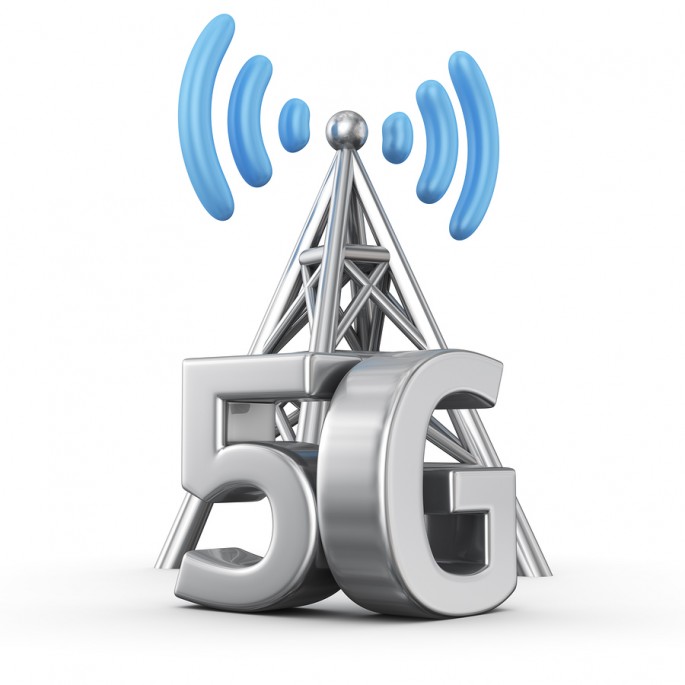Intel Corp, on Jan. 4, Wednesday, publicized its very first next-generation 5G Modem, in a bid to win and capture the smartphone market, as phone carriers prepare to announce 5G phones and compatible services in the future.
The company projects to make its 5G chips available in the latter half of the year and expects them to be used in mobile devices, home networks, and cars. The Tech giant's announcement closely follows Qualcomm's October announcement of a similar 5G chip, which is to be released in the same period as that of itself.
Telecommunications industries have started hammering out the technical requirements with the prospects of offering widespread 5G in the near future. Verizon, for example, has previously mentioned its plans of installing 5G services this year.
Similarly, South Korean carriers are expected to unveil 5G-class services just before the Winter Olympics at the beginning of 2018. Nevertheless, a majority of telecom carriers are working on launching their services by 2020, according to The Wall Street Journal.
5G modem chips and their older versions are responsible for managing cellular connections as processor chips, on the other hand, carry out processes involved in running applications. Intel has been struggling to maintain its ground in the market for the both kinds of chips.
According to ZDNet, the upcoming Intel 5G modem will deliver data speed rates exceeding 5 gigabits per second. This is roughly a 100 times more than that claimed by fourth-generation (LTE) networks.
Intel said in its announcement that its new 5G chip will be compatible with existing LTE modems for devices requiring access to both 4G and 5G networks. It also revealed that 5G connectivity is included in its automotive platform, which includes both hardware and software.
The company's expectations are to see fast high-capacity connections transform the world of self-driving cars. Here, vehicles will utilize the high-speed network when they make spontaneous decisions about how to act by gathering data about their surroundings and sending it to the cloud for processing.
Intel hopes to reduce its dependence on the ever slowing personal computer market by venturing into the smartphone industry and its 5G modem is the first step ahead. Watch the video below to be wowed by 5G speeds:



























